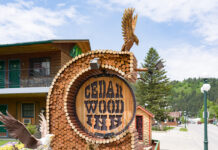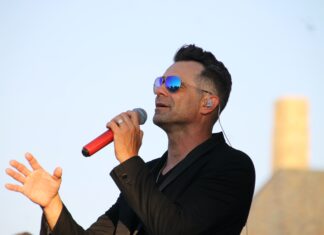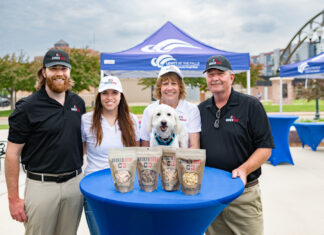They say death is just a part of life, and as long as we’re remembered, we can live on. That is the idea behind Siouxland Heritage Museums’ Voices from the Past: Woodlawn by Lantern tours.
“I think it’s just very important to remember something about these individuals.”
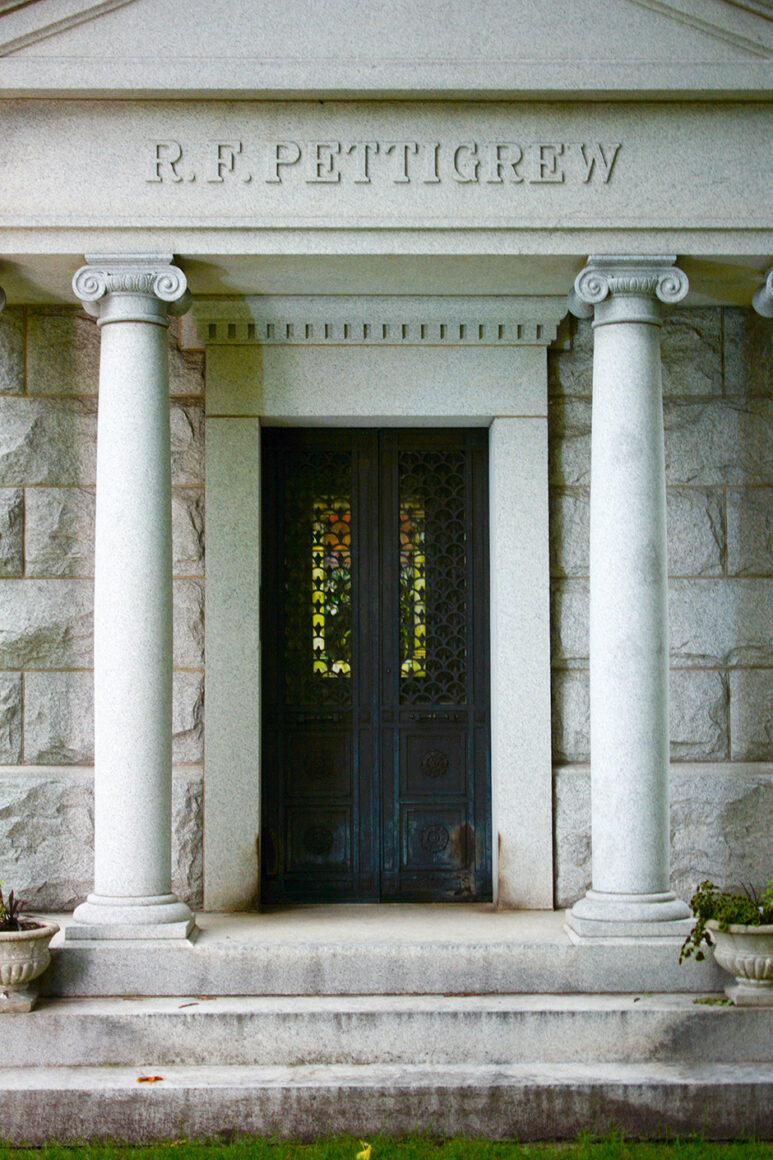
Many people living in Sioux Falls pass Woodlawn Cemetery every day, regarding the sprawling, fence-enclosed property with nary a glance. But beyond the iron gates, thousands of names emblazoned on granite and marble represent lives every bit as full and interesting as ours. They were pioneers, immigrants, soldiers, suffrage fighters, temperance advocates, businesspeople, and invariably, part of the story of the Sioux Falls community. This month, we have the chance to learn something about
those lives.
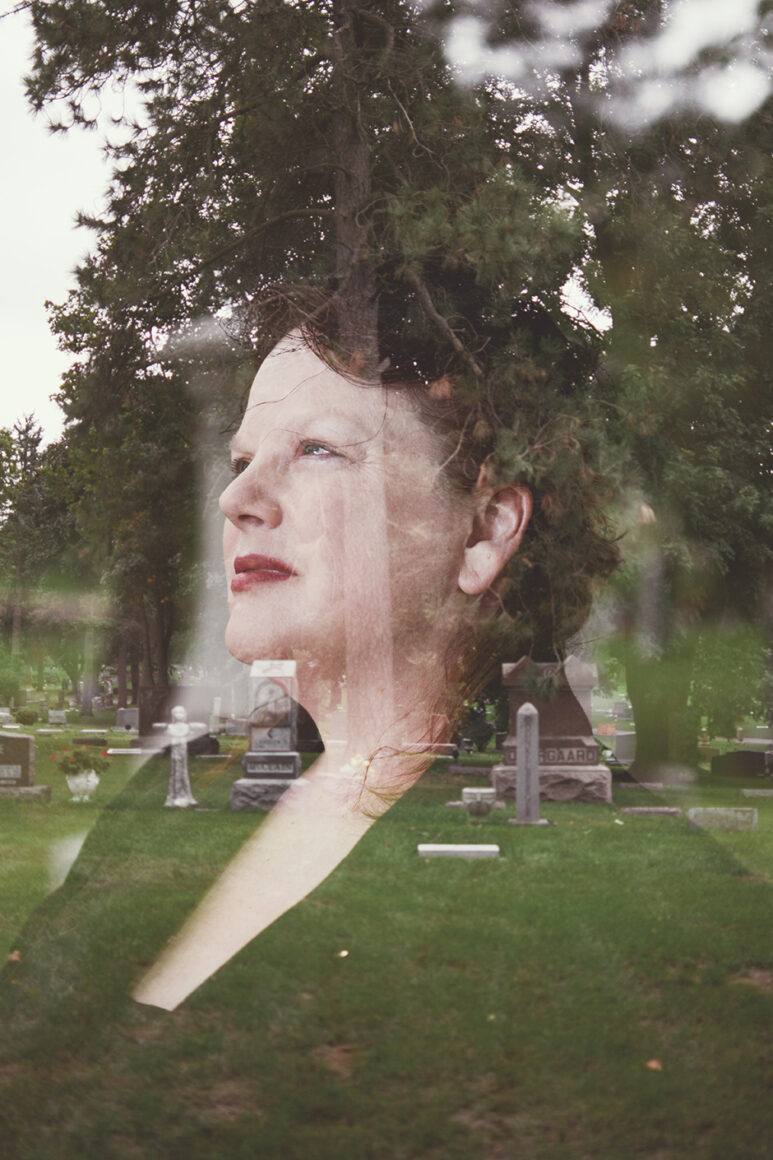
Unlike cemetery tours elsewhere, Voices from the Past is more about the history than the macabre. The only spooky thing about it is groups are led through the cemetery in the evening, their path illuminated by moonlight and a pair of lanterns.
“This isn’t a haunted hayride,” explained SHM education assistant Paavo Rasmussen. “We obviously take advantage of the setting without a lot of theatricality. Nothing cheap or tawdry. It’s a place of respect, but it’s a place of remembrance. This was designed as a place where people would feel comfortable coming in to be with their dearly departed. We’re honoring the wishes of the designer, R.F. Pettigrew, who wanted a cemetery that felt welcoming.”

“It’s not a haunted tour at all,” agreed Gary Conradi, a member of Woodlawn’s board of directors. “It’s more of an informational tour about some of our early pioneers who helped to create Sioux Falls, who were very influential in its development. I think it’s just very important to remember something about these individuals.”
The stories of those buried at Woodlawn are told by actors stationed near grave markers throughout the cemetery. Groups follow roughly half a mile of pathway with four to six stops. At each stop, an actor dressed in period costume shares some of the most interesting aspects of their character’s life.
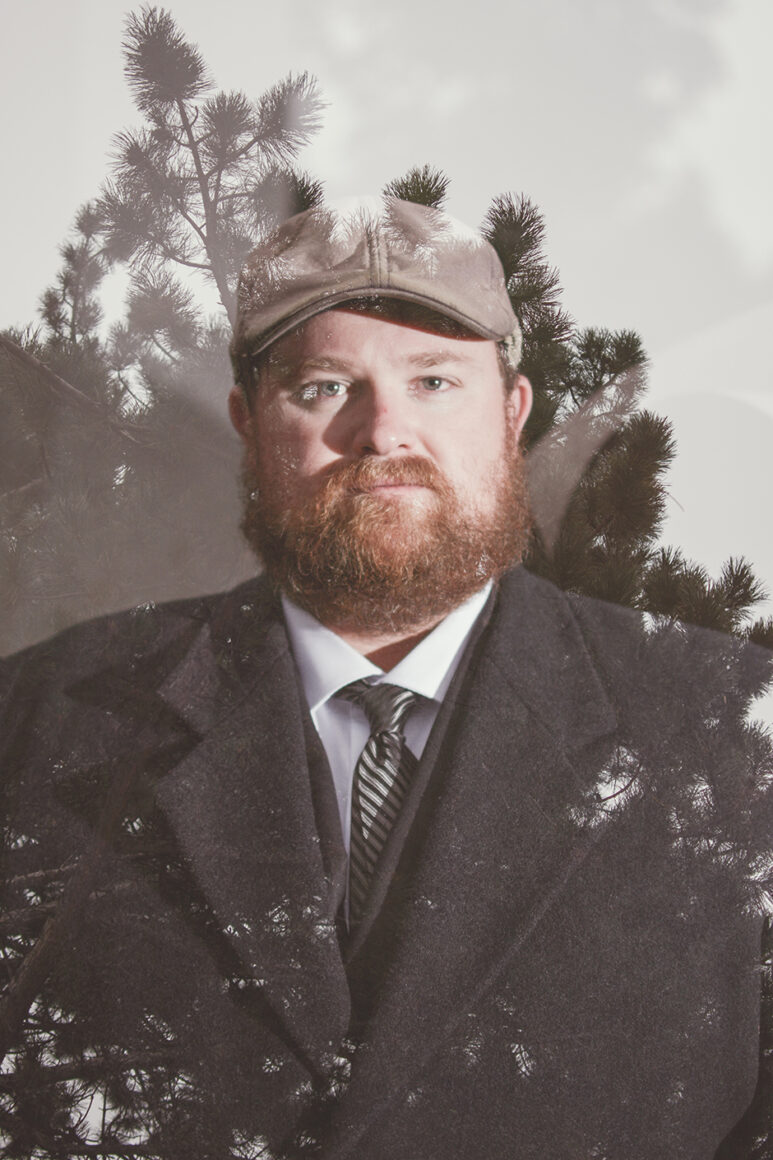
“He agreed on a whim, and then he got into the cage and was like, ‘Why did I do this?”
These characters include private citizens like Mary Franz, the lone member of her family buried in Woodlawn under that spelling (due to anti-German sentiment during World War I, the surname was changed to “France”), and the founders of the Moe Hospital (which merged with Sioux Falls Hospital to become Sioux Valley, now Sanford Health). Names that we take for granted like Tuthill and Miller come alive once again. And we learn that “Burnside” isn’t just a street; he was the longest-serving mayor of Sioux Falls. A mayor who once performed a wedding inside a lion’s cage.
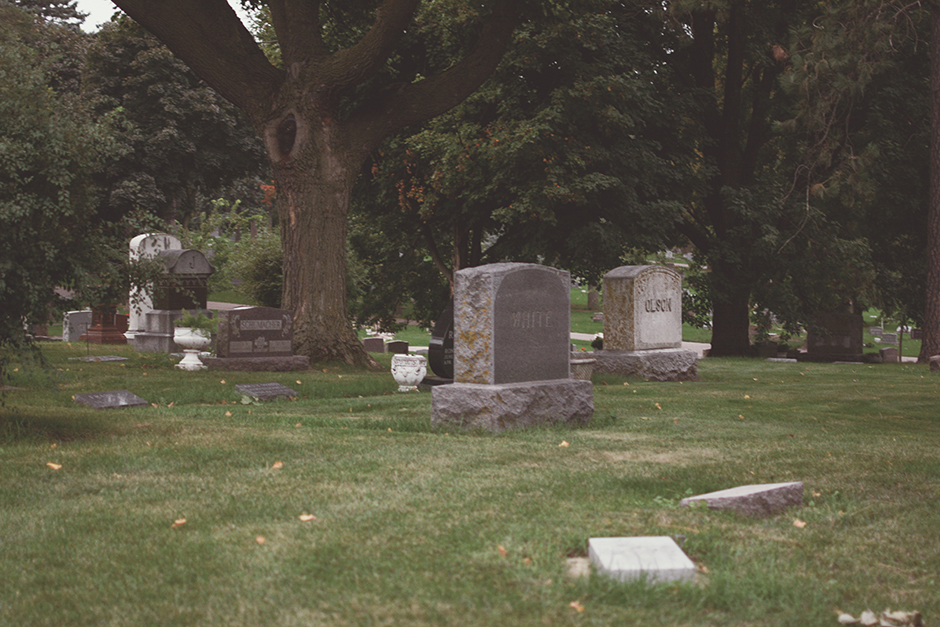
“In the ’20s, a traveling circus came in and they had a big lion cage. He and the couple and the lion trainer actually went in,” Rasmussen said, laughing. “He agreed on a whim, and then he got into the cage and was like, ‘Why did I do this?’ He said it was the fastest ceremony he ever did, and then he quickly backed out of the cage.”
Rasmussen not only researches each person featured on the tour and writes the actors’ scripts, he gets into character himself. “I did Delbridge, the hunter from the museum. They were all his trophies. He traveled all over the world and killed all sorts of animals. He had a hardware store in west Sioux Falls, where Madison and Burnside run together. He had them in the back room there. Kids would go to his store to look through his
animals. Then when he passed away, they gave them to the city who put them at the zoo.”

SHM has been conducting the cemetery tours for seven years, and feedback has been very positive. Every once in awhile, though, someone will object to the concept. In each case, the dissenter has not actually taken the tour. Rasmussen encourages anyone with concerns to reach out to him, and to see for themselves that these people’s lives and stories are handled respectfully.
When Sioux Falls founding father R.F. Pettigrew conceptualized the cemetery, he modeled it after the parklike places of rest he’d seen in cities like New York, Chicago and Boston. In Pettigrew’s mind, Sioux Falls residents wouldn’t just come for funerals. They would return for peaceful walks and family picnics. Tour organizers believe that by encouraging the public to share in the stories of those buried there, Woodlawn remains a part of the life of the community.
“We think we’re just a little city and nothing important ever happens here. People in Sioux Falls have an impact all over the country and all over the world.”
While people are still being interred in the cemetery, a short stroll away, one can find markers for those who lived more than a century ago. Conradi says 57 members of the Union Army from the Civil War are buried there. Earlier this year, a ceremony was held for two soldiers with unmarked graves – one member of the Union Army and the other, a Buffalo Soldier named Anthony Penson.
Penson, Condradi explained, was a former slave who enlisted toward the end of the Civil War. “After the war, he relocated to Sioux Falls and he was a horse trainer. He eventually died here without a family. He came to Sioux Falls single with no family and did not marry. He died as a pauper and was buried in an undeeded plot. That was why there was never a marker for him. We obtained one for him and one for the Union soldier. We had a memorial dedication this spring for both of those individuals at their grave sites with the Civil War reenactors. It was a beautiful ceremony.”
Each year, the people featured on the Voices from the Past tour change. Rasmussen was tight-lipped about who patrons would meet this time around. But those who would like to find out have 15 opportunities to do so. Five tours leave from Woodlawn’s front gate, located on 26th Street just west of Cliff Avenue, in 20 minute intervals on the evenings of October 20, 21, and 22. Tickets must be obtained in advance at the front desk of the Old Courthouse Museum. They are $10 each.
Rasmussen recommends dressing for the weather, as tours are only cancelled in hazardous conditions. The route is ADA accessible, but those with mobility issues should be aware that there are
inclines and quite a bit of walking between some stops. He also recommends that patrons arrive ready to be surprised and delighted.
“We think we’re just a little city and nothing important ever happens here. People in Sioux Falls have an impact all over the country and all over the world.”
For more information, visit siouxlandmuseums.com or call (605) 367-4210.








